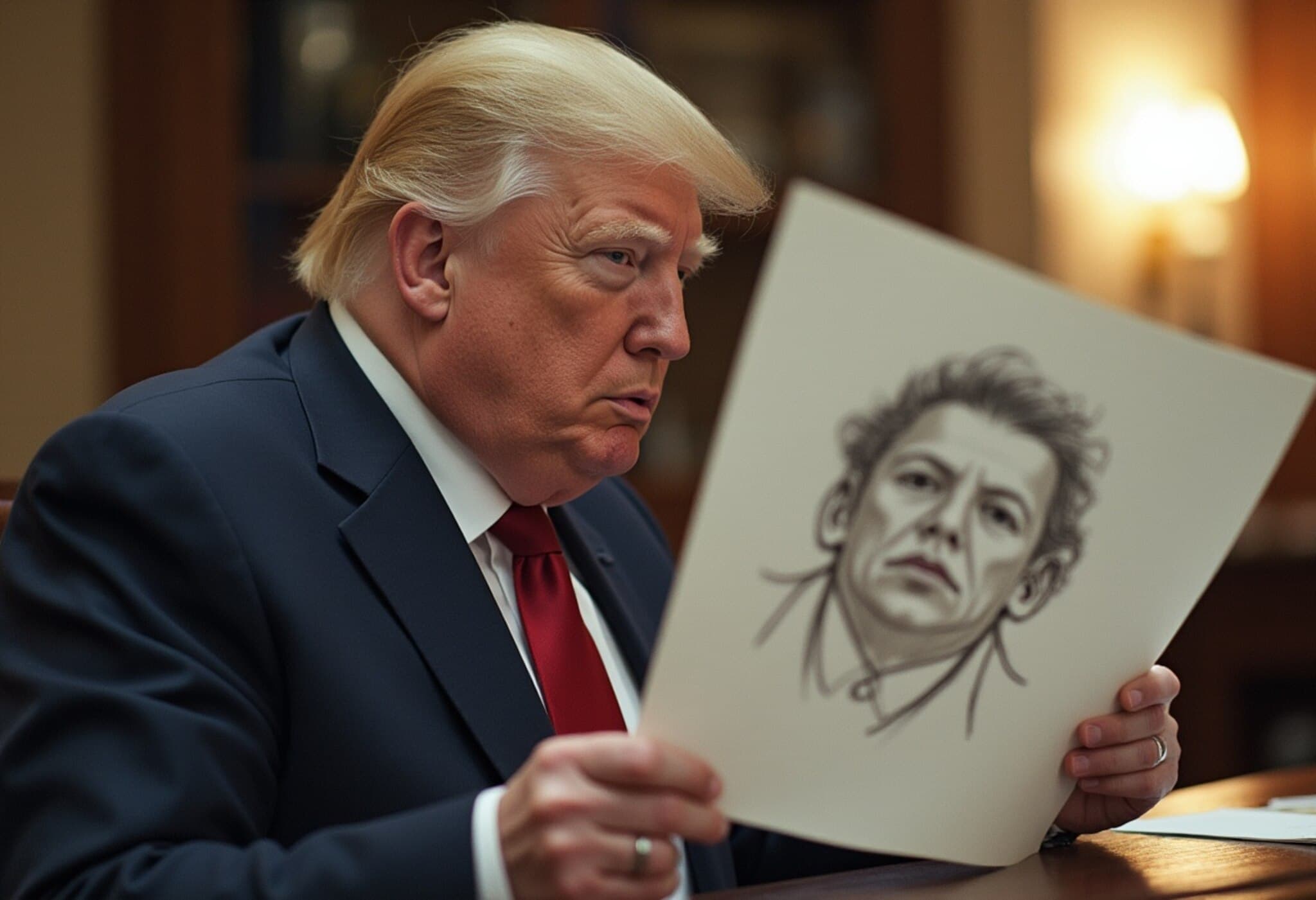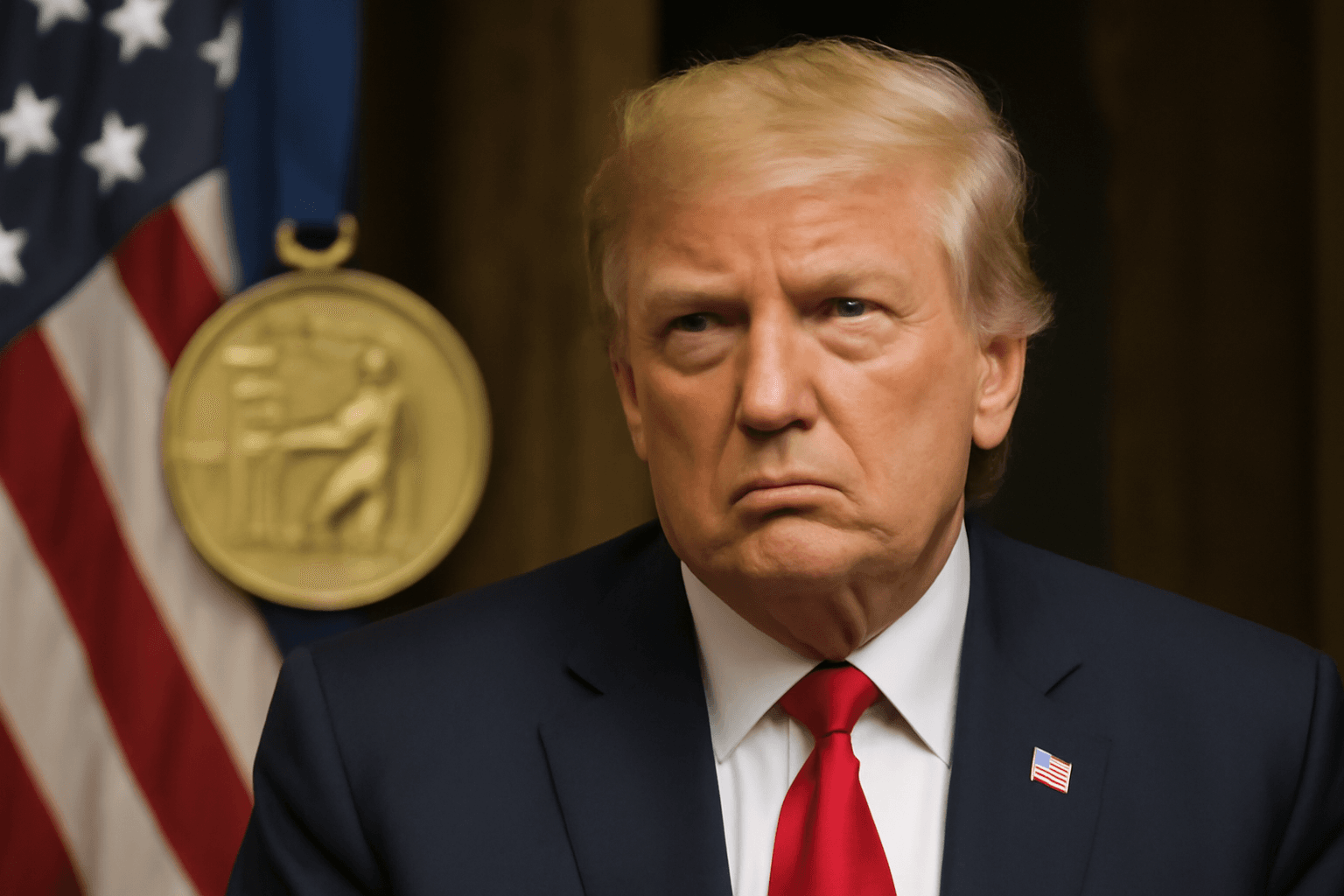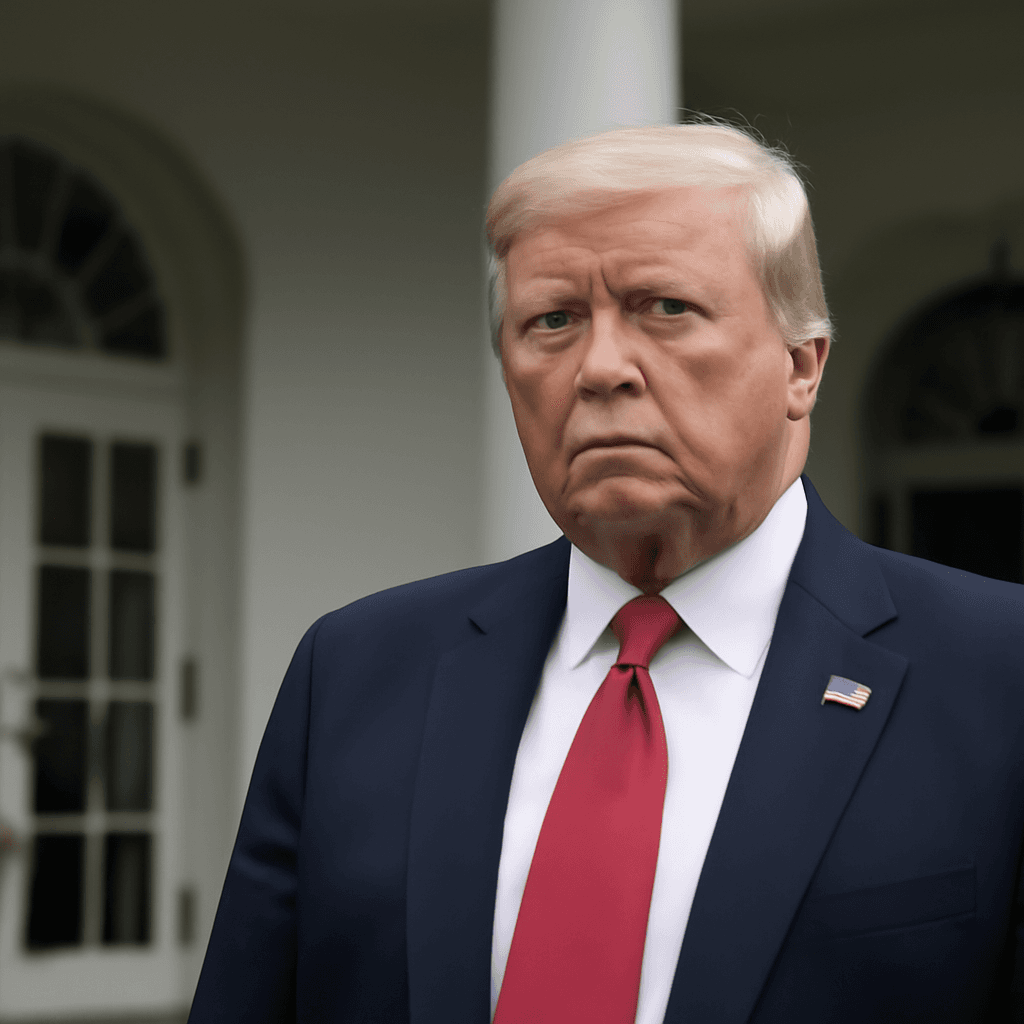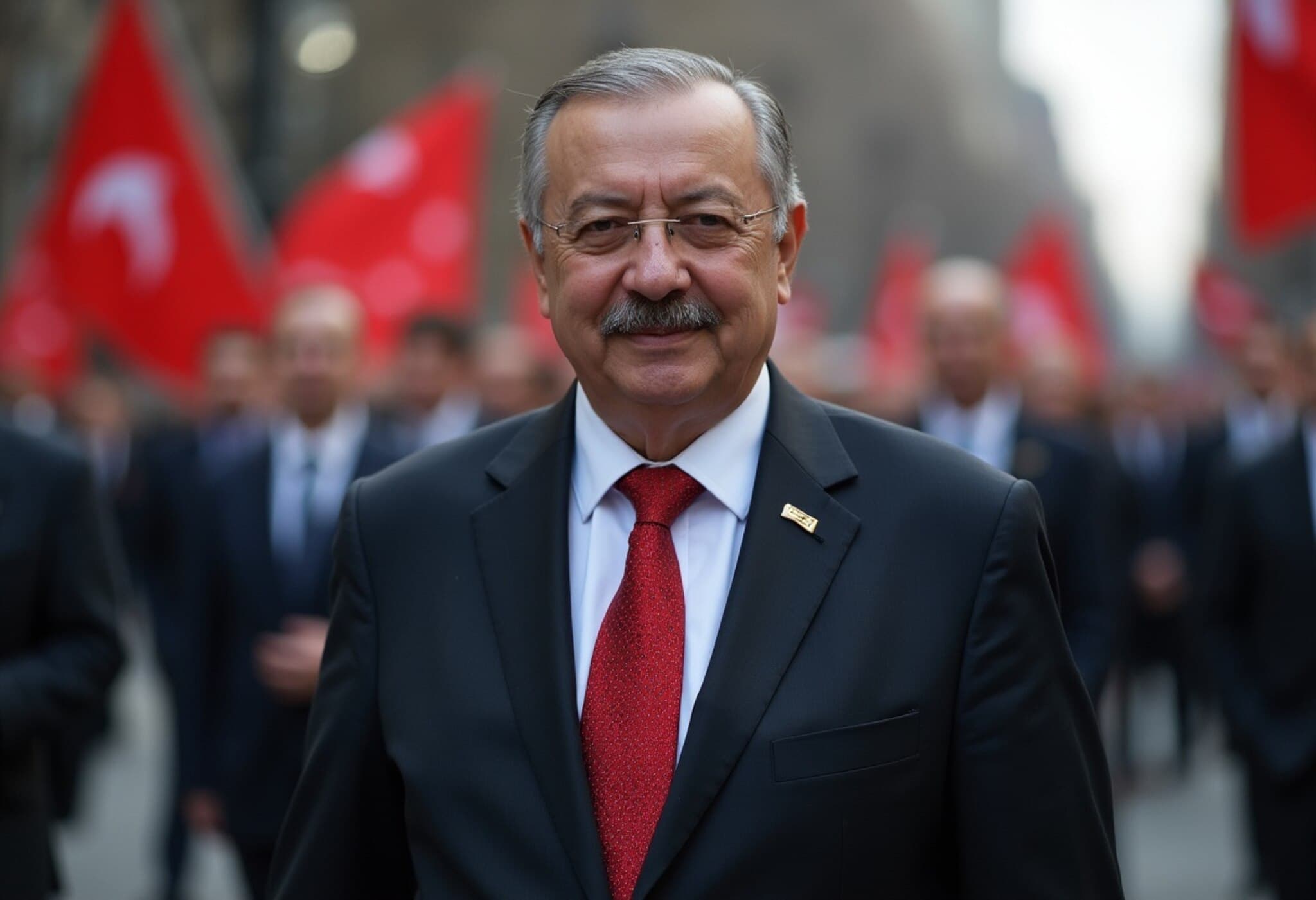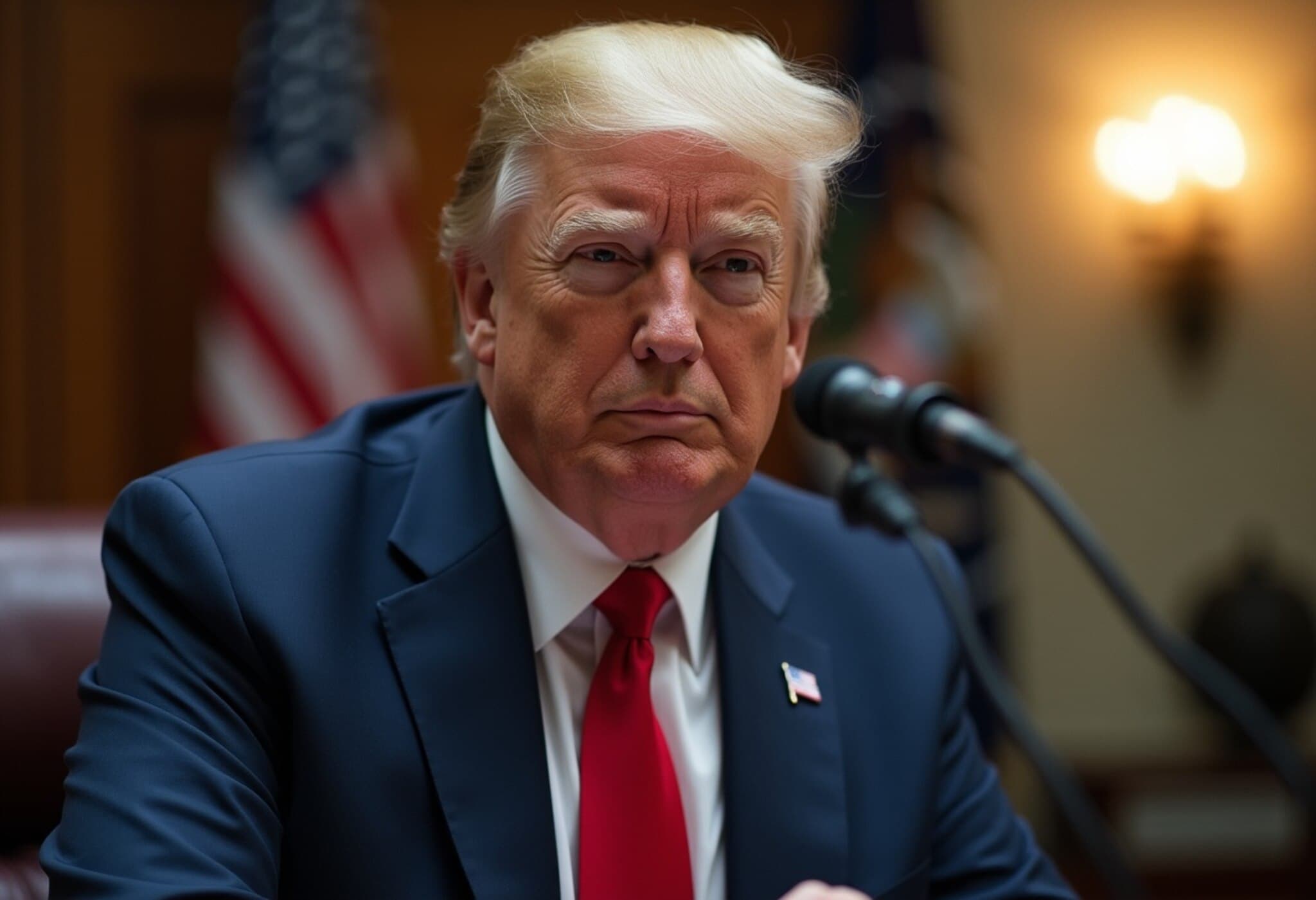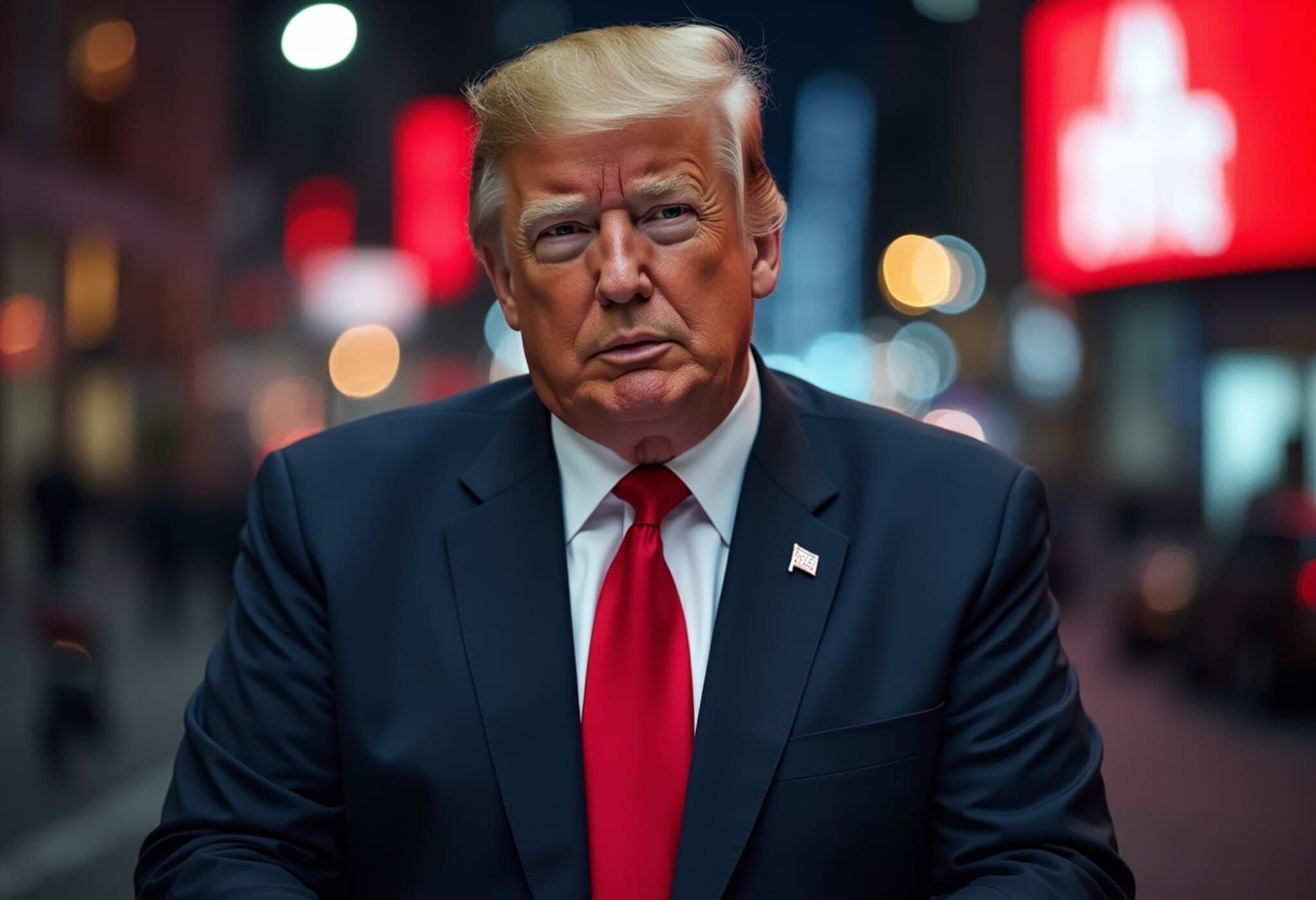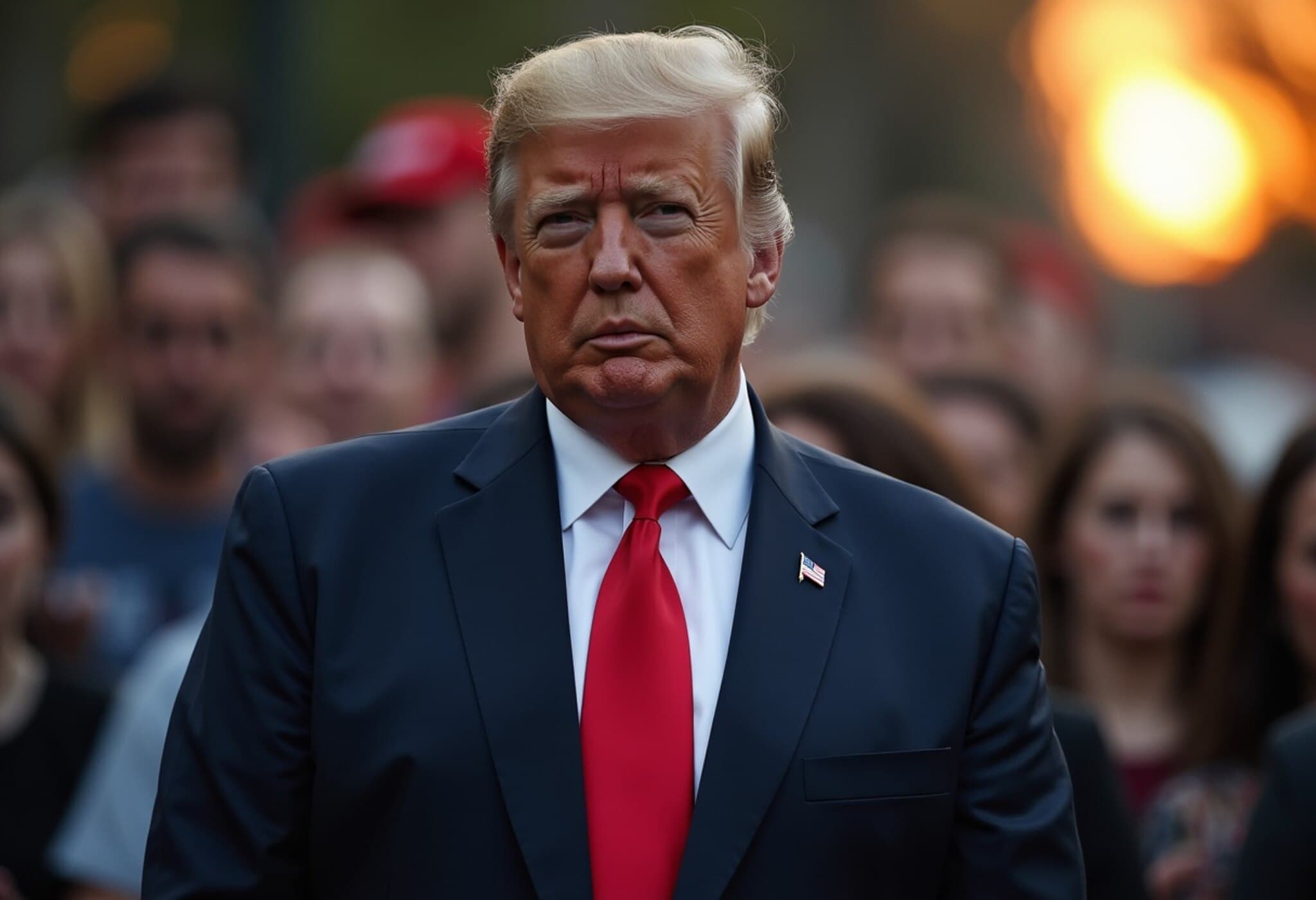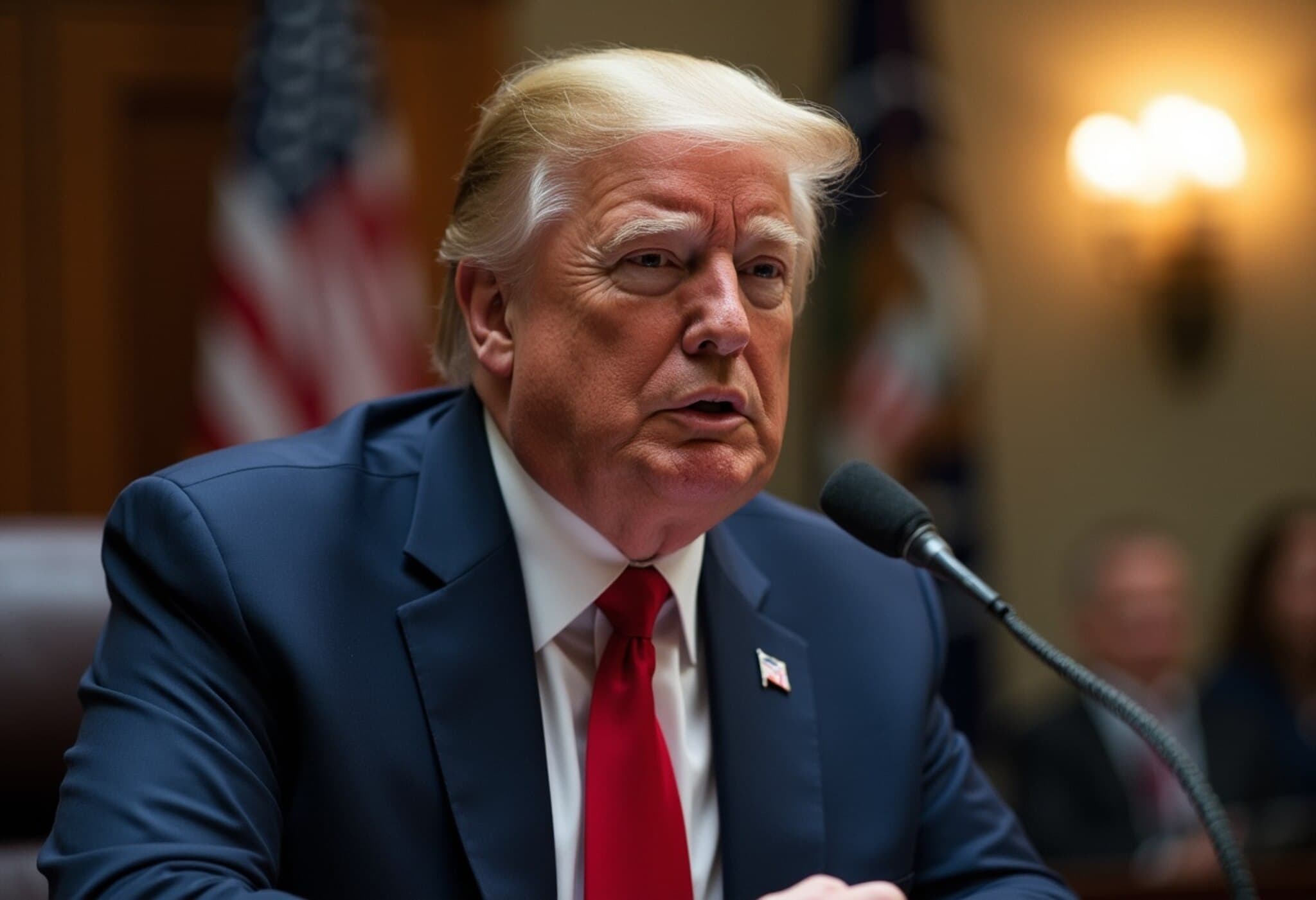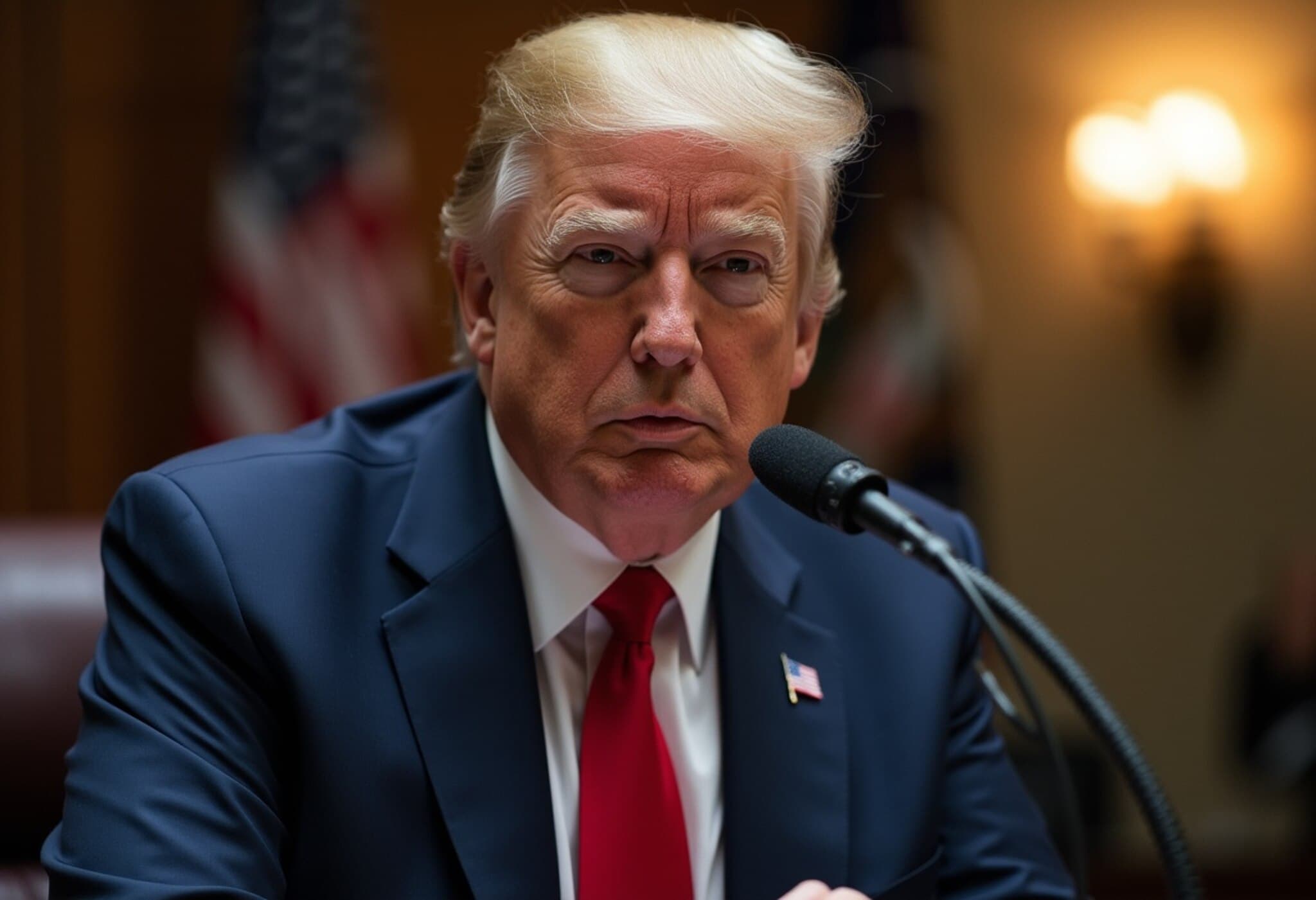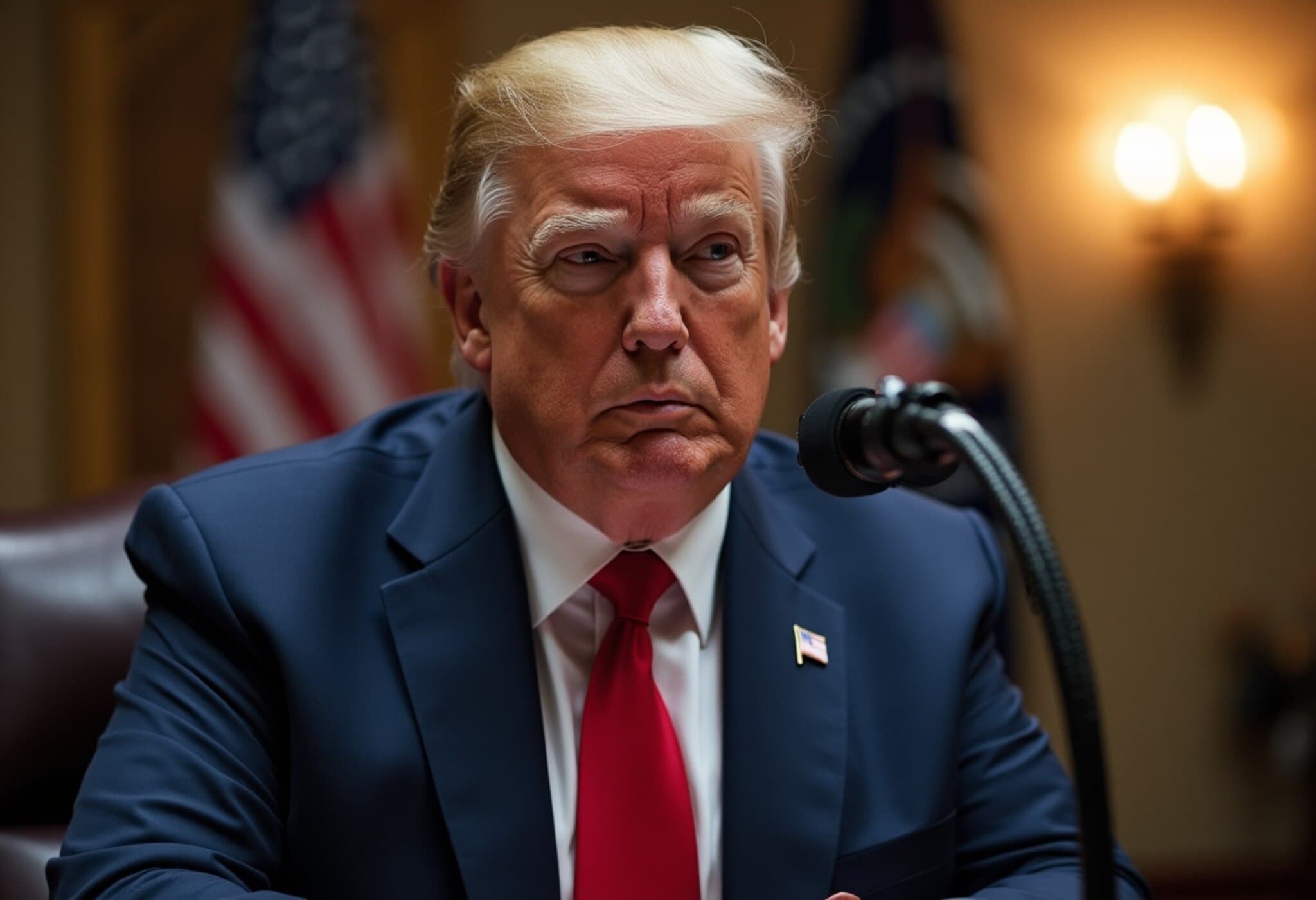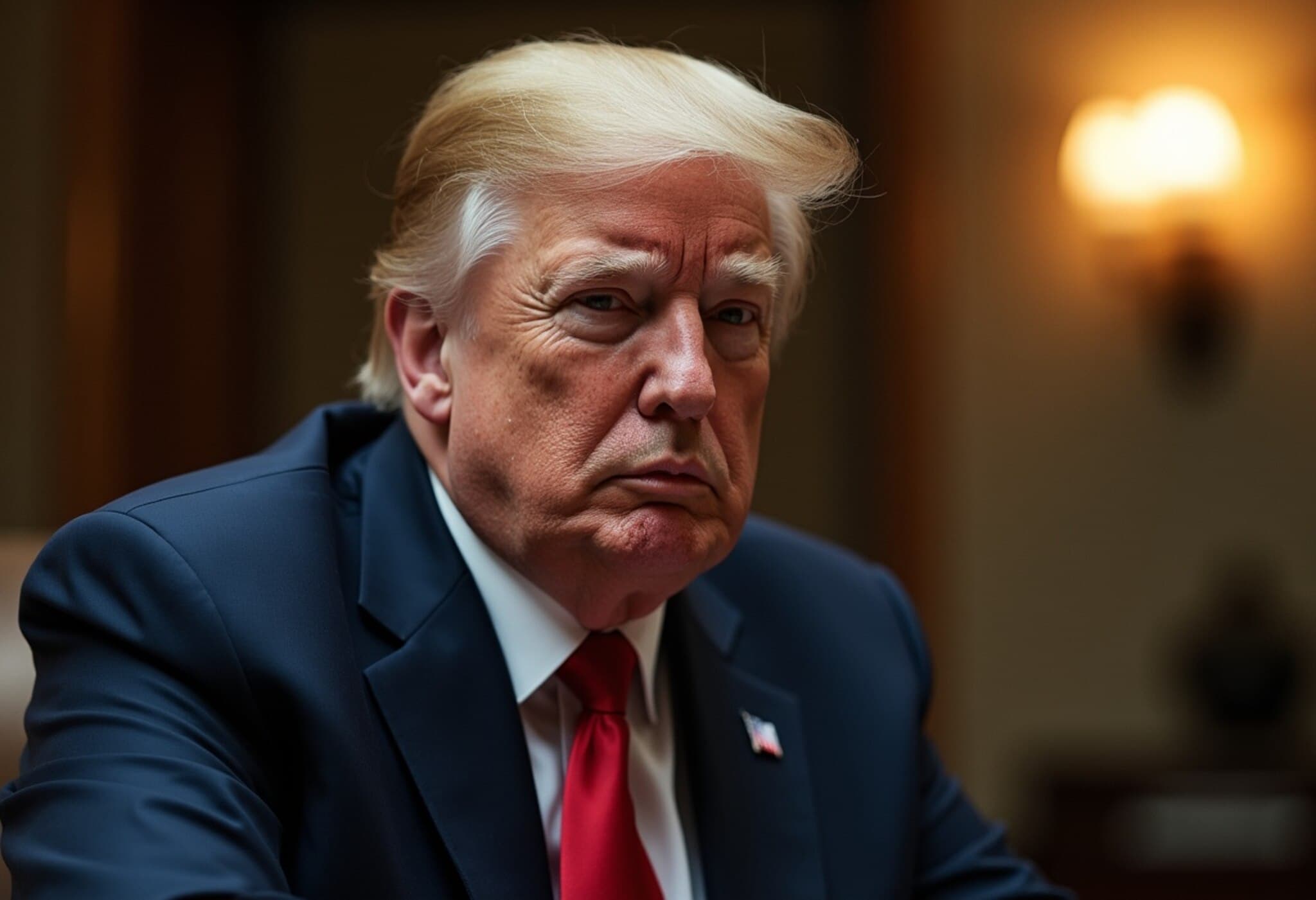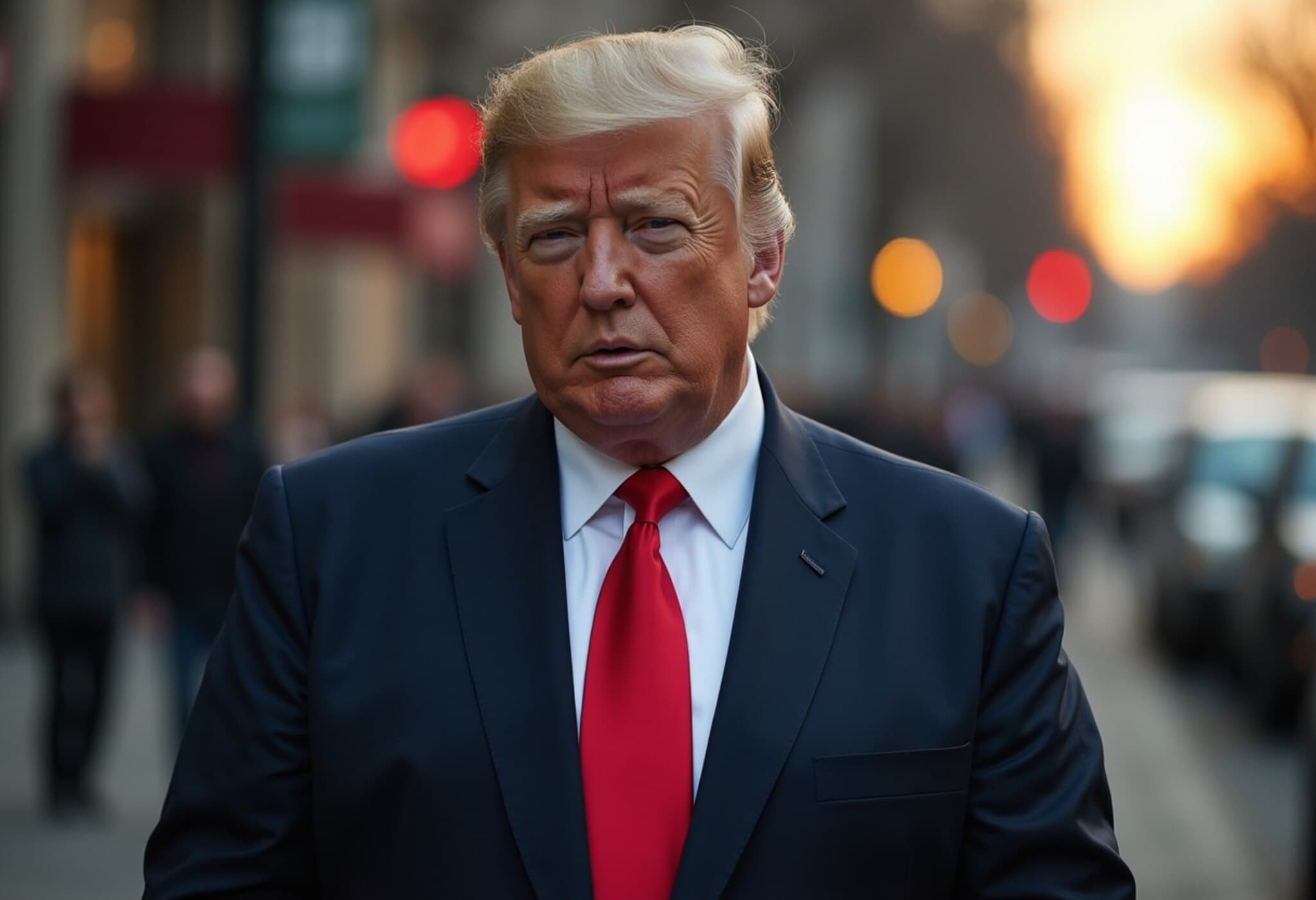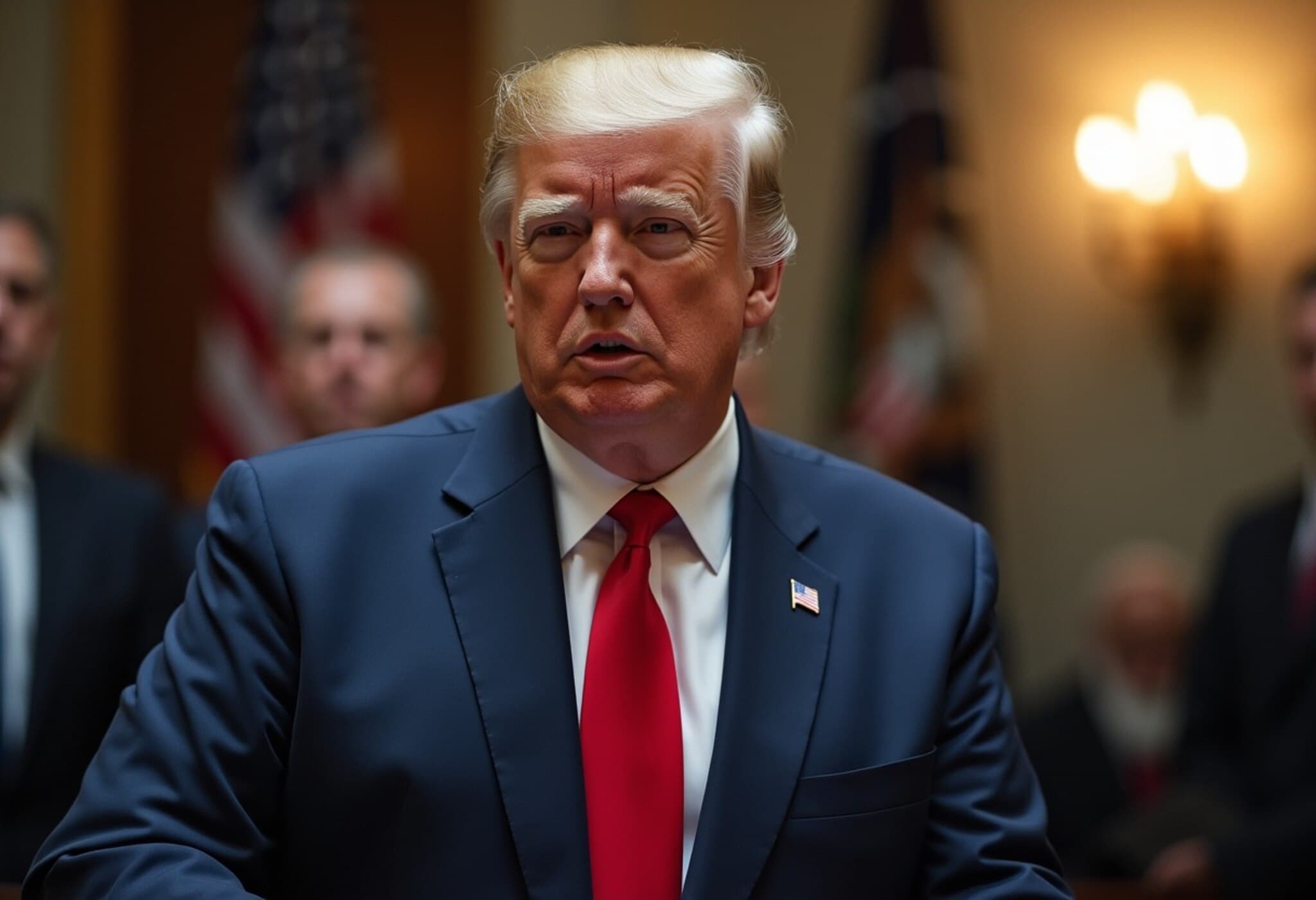Trump Denies Connection to Disputed Jeffrey Epstein Birthday Letter
A leather-bound birthday album created for Jeffrey Epstein’s 50th birthday has resurfaced in public discourse, attracting renewed scrutiny due to a contentious letter allegedly signed by former President Donald Trump. The Wall Street Journal (WSJ) unveiled the letter, which features a suggestive drawing framed around a typewritten message, purportedly penned by Trump. However, Trump has unequivocally denied any involvement, branding the document as "fake" and warning of impending legal action against the WSJ.
Background: The Epstein Birthday Album and Its Significance
The album—organized by Ghislaine Maxwell, Epstein’s close associate and convicted sex trafficker—was a compilation of personal notes and messages from several individuals within Epstein’s elite network. Its revival comes amid heightened investigations by the U.S. Department of Justice into Epstein and Maxwell’s long-running sex trafficking operations exploiting underage girls.
Trump’s Response and Legal Threats
In a rare interview granted to WSJ, Trump categorically refuted authorship of the letter or the drawing it contained. "This is not me. This is a fake thing. It’s a fake Wall Street Journal story," Trump said. "I never wrote a picture in my life. I don’t draw pictures of women. It’s not my language. It’s not my words." He cautioned the newspaper against publishing the contested article, stating, "I'm gonna sue The Wall Street Journal just like I sued everyone else."
Further amplifying his condemnation, Trump took to Truth Social to criticize Emma Tucker, editor of the WSJ, accusing her of disregarding direct claims from his representatives that the letter was fraudulent. He also threatened to sue WSJ’s parent company NewsCorp and media mogul Rupert Murdoch, underscoring the need for media accountability and truthful reporting.
Details of the Controversial Letter
The Wall Street Journal’s report outlines the letter as containing several lines of typewritten text enclosed within the outline of a bare female figure, drawn in a thick black marker. Notably, the drawing depicts arcs representing breasts and includes a squiggly signature reading "Donald" situated below the waistline, emulating pubic hair. The letter purportedly imagines a third-person conversation between Trump and Epstein, concluding with the phrase: "A pal is a wonderful thing. Happy Birthday – and may every day be another wonderful secret."
Significantly, the origins and authenticity of the letter remain unclear, and the WSJ acknowledges uncertainty regarding how the version displaying Trump’s signature was created. The document was kept alongside other birthday messages from Epstein’s circle.
Political Reactions: Defense and Dismissal
US Vice President JD Vance voiced sharp criticism on the social platform X, labeling the WSJ story "complete and utter bulls---" and questioning the lack of transparency surrounding the letter’s evidence. Where was the original letter, he asked, suggesting the story defies common sense and does not resonate as Trump’s voice.
Meanwhile, White House Press Secretary Karoline Leavitt underscored WSJ’s refusal to provide the letter for verification and noted the paper admitted to not having the document in their possession. She challenged the plausibility of the letter’s tone, stating, "When has President Trump ever spoken like the conversation alleged in the fake WSJ story? That’s not at all how he speaks or writes."
Trump’s Broader Conspiracy Claims
Adding another layer of complexity, Trump invoked allegations that parts of the Epstein files might have been manipulated by Democrats—including former Presidents Barack Obama and Joe Biden, and ex-FBI Director James Comey—as part of a wider conspiracy targeting him. He referred to the Epstein revelations as a "hoax" and urged the FBI to investigate purported criminal conspiracies involving these political figures.
These allegations surfaced just after Maurene Comey (daughter of James Comey) departed from the US Attorney’s Office in Manhattan—where she contributed to prosecutions against Epstein and Maxwell. Despite ongoing investigations, Trump maintains that he severed ties with Epstein before the latter’s 2008 conviction and denies any close association.
Legal and Ethical Implications
- Journalistic Responsibility: WSJ’s decision to publish the letter without clear custody of the original document raises questions about standards for verification and editorial rigor in politically charged stories.
- Public Trust and Media Literacy: The incident highlights the growing challenge for readers to discern credibility amid a polarized media environment where accusations of "fake news" proliferate.
- Legal Precedents: Trump’s announced lawsuits could trigger important discussions about defamation law, freedom of the press, and the evidentiary burden in cases involving high-profile figures.
Contextual Insight: The Epstein Legacy and American Justice
Jeffrey Epstein’s arrest and subsequent death while awaiting trial on child sex trafficking charges punctuated a dark chapter intersecting wealth, power, and exploitation. Maxwell’s current 20-year sentence exemplifies the legal system’s attempts to deliver justice, yet Epstein’s intricate web of connections continues to raise critical questions about accountability, especially for influential associates.
This birthday album, packed with personal dedications, faces fresh scrutiny amid public demands for transparency and accountability. The controversy surrounding Trump’s alleged message underscores an ongoing struggle to separate fact from fiction in narratives tied to a notorious figure and their network.
Editor's Note
The resurfacing of Epstein’s birthday album with a disputed letter attributed to Donald Trump serves as a potent reminder of how historical documents can be weaponized within today’s politicized environment. Beyond immediate legal battles, this episode exposes deep challenges facing the media, political figures, and the public alike in navigating truth, misinformation, and the pursuit of justice.
As the story evolves, critical questions remain: How should media outlets balance sensational stories with rigorous fact-checking? What obligations do political leaders have to transparently address allegations connected to their past? And how can the public critically assess convoluted narratives in an era of misinformation? These issues are essential for sustaining an informed democracy and protecting the integrity of public discourse.

